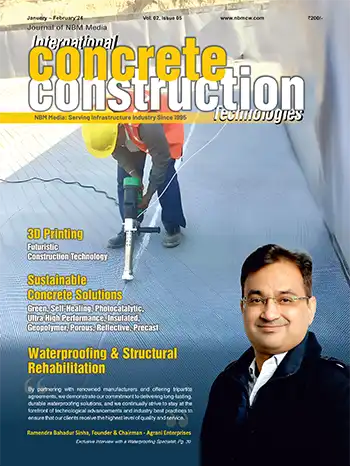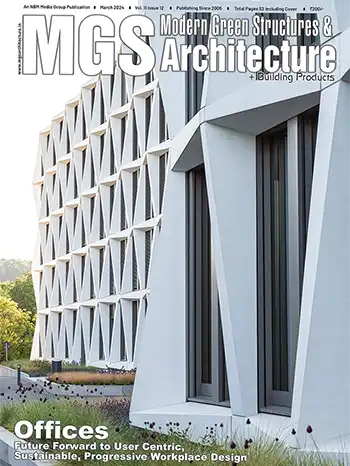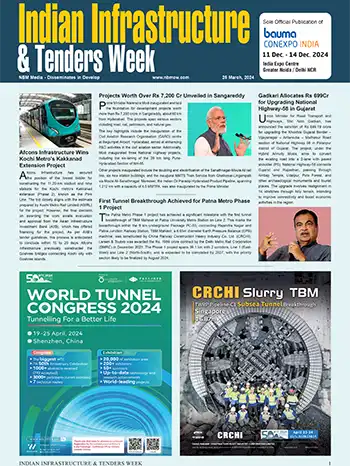Aesthetical Integration in High Performance Concrete for Infra Construction
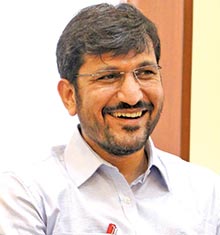
Architect Nilesh Gandhi, Metadesign India
Infrastructure construction, however, is a different ball game altogether. Upwards of 500 million metric tons of concrete is consumed in India, of which the quantum that is poured into infrastructure constructions is multiple times the volume consumed by building construction. These include roads, bridges, highways, flyovers, metros, over ground and underground, precast concrete members et al. And with infrastructure growth being key to a country’s growth, to “up” the ladder of prosperity, we shall be seeing an ever-increasing volume of such structures defining the cityscape. So, there is all the more reason to give focus and deal creatively with these structural elements as they have a shelf life of up to 70-100 years.
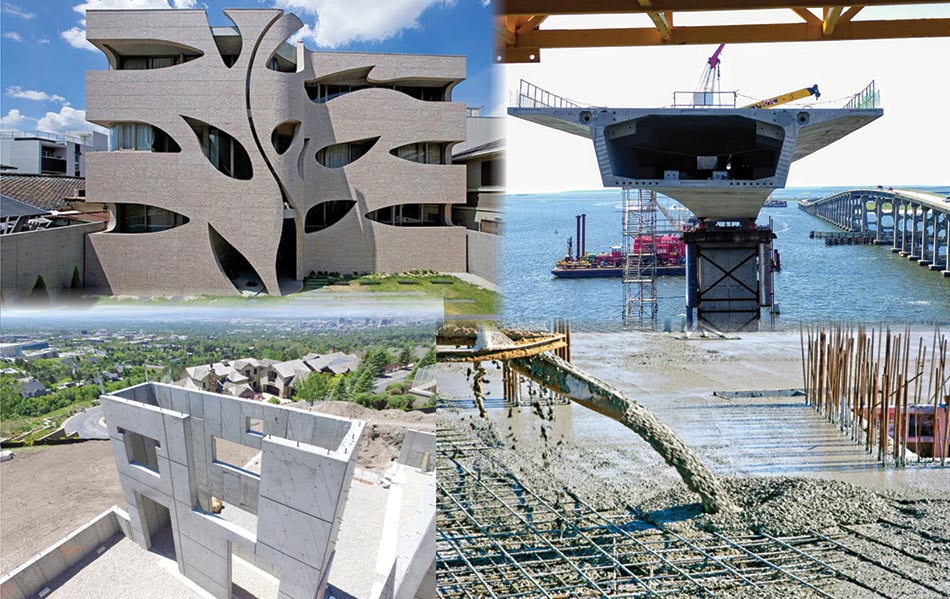
Aesthetic evaluations are a very subjective aspect; infrastructure elements, while being functional, need to fit into the environment and look elegant. Their appearance will always lie alongside function, economy and construction. Visual excellence needs to be evaluated along with the design approach. Issues like relation to the site, scale and harmony in the context of the environment, culture, color tone, and texture, are to be given adequate importance, and High-Performance Concrete (HPC) rightfully provides all the required assistance in giving due justice to all the aesthetical parameters for defining the visual character of specific projects.
Concrete, as we all know, being strong in compression and weak in tension, led to the development of Reinforced Concrete, which is formed by adding steel bars/fibers or glass/plastic fibers, to cater to the tensile loads. As a combined entity giving the required strength to build structures that can stand the test of time, HPC possesses higher strength than normal concrete.
New Age technologies have enabled concrete to achieve strength as high as 300 mega pascals (Mpa), 45000 pounds per square inch (psi). The high performance is on account of higher strength, durability, and workability, which gives architects and designers tremendous aesthetic flexibilities. The higher performance is also due to cementitious materials, fly ash, silica fumes, slag and super plasticizer. The proportions are specifically designed to provide high strength and low permeability.
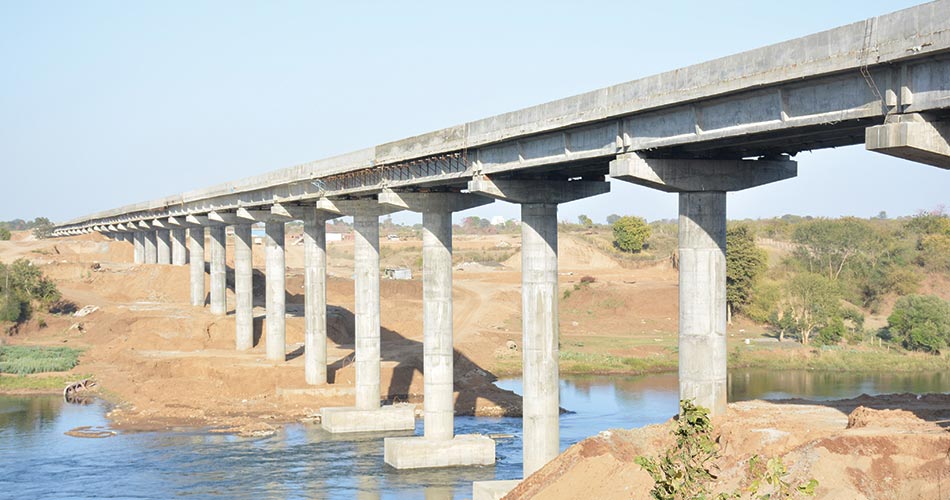
HPC is devoid of the limitations of conventional concrete like mirco-cracking, and only needs careful designing and production. HPC is therefore used in areas of extreme exposure to chlorides, sulphates and to counter the effect of CO2 in the air. The major advantages of HPC being reduction in the sizing of the structures, it enables enhanced design flexibility and creativity. Slender sizing of the elements offers lesser space for traditional reinforcement elements like steel, thereby, necessitating use of special stainless steel, which will continue to dominate as fibers lack sufficient elasticity. Along with reduction in weight, they enable long spans for precast and ease of transportation.
Infrastructure construction provides the much-required replicability in production, which gives immense opportunities to innovate and design desired structures and elements. Even with high initial mold costs, the overall cost reduces with multiple reuses, thereby, negating the high cost phenomenon. Despite the mass scale production benefits in casting concrete, the infrastructure design has by far been governed by functional parameters predominantly, rather than aesthetics. However, the digital onslaught has taken the design to a completely new level of experimentation, enabled by HPC. The “why” for designer/aesthetic concrete has its response in its existence in the public domain with the need and urge to upgrade the design quotient of our infrastructure facilities.
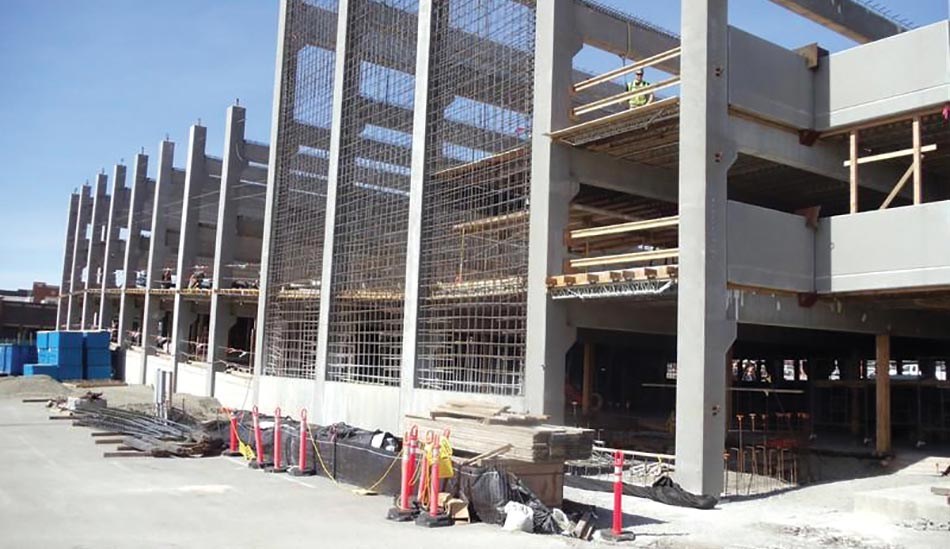
The surface of concrete is as important as the concrete itself as it poses the “finish” of the built elements. Formwork, therefore, plays a very important role in the casting of concrete to the desired finish. And for designers, it is exciting to turn the structural elements into elements of visual appeal. Infra Construction constitutes majorly of such elements, and HPC helps in keeping them exposed along with enabling designers to experiment with creative outputs, taking shape of the formwork even with complex geometries. Addition of pigments or aggregates aids in giving an in-situ self-colored option, thereby adding a whole new aesthetic dimension.
Concrete has given immense scope for designers to experiment creatively with structural design, with astonishing results. With biomimicry and biophilia being adopted in the making of new structures, versatility in concrete is an ever-increasing phenomenon and HPC fills this need.
Architect Nilesh Gandhi, Metadesign India, M.Arch Project Management, CEPT, Ahmedabad, Phd (Hs.), LEED AP+, IGBC AP, EDGE Auditor, GRIHA Trainer & Evaluator, can be reached at
NBM&CW August 2018















